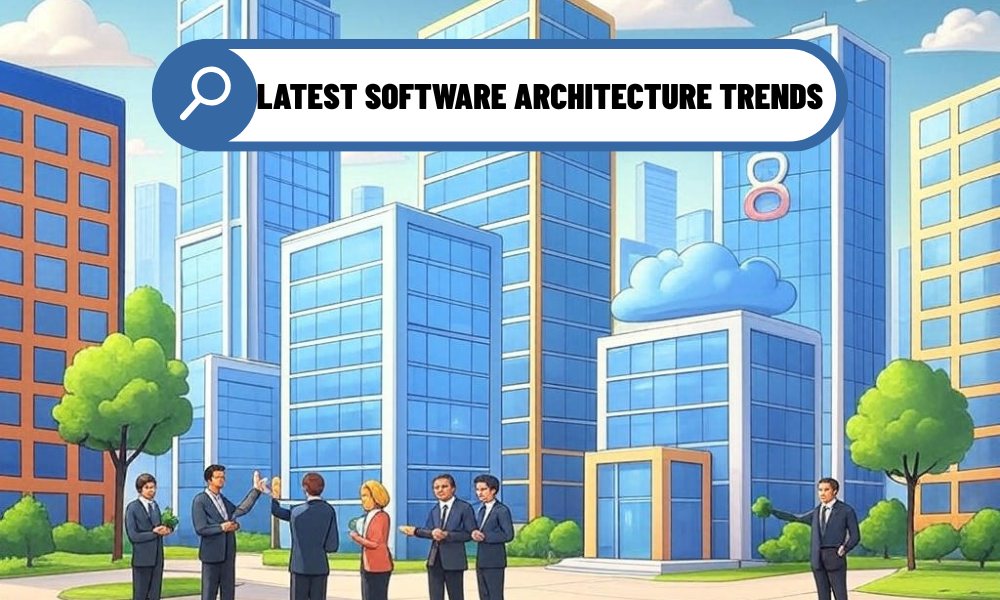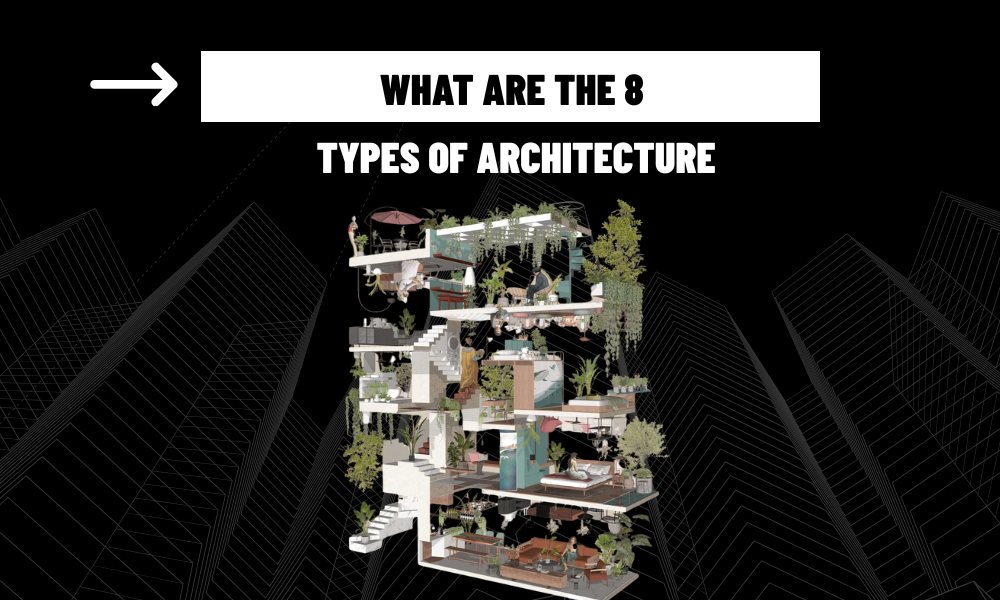In the fast-evolving world of technology, staying updated with the latest software architecture trends is crucial for businesses and developers aiming to build scalable, efficient, and innovative systems. As we dive into 2025, several groundbreaking trends are reshaping software architecture, driven by advancements in AI, cloud computing, and user-centric design. This article explores the most impactful trends, their benefits, and how they align with modern development needs, ensuring your projects remain competitive.
Latest Software Architecture Trends in 2025
1. AI-Driven Software Architecture
Artificial Intelligence (AI) continues to revolutionize software architecture by enabling systems to adapt and optimize autonomously. AI-driven architecture integrates machine learning models and generative AI directly into the core of applications, allowing for real-time decision-making and predictive analytics.
Key Features: Automated code generation, dynamic resource allocation, and intelligent error detection.
Benefits: Reduces development time, enhances system reliability, and improves user experience through personalized solutions.
Use Case: AI-powered recommendation engines in e-commerce platforms, like those used by Amazon, leverage real-time data to boost sales.
By embedding AI into architecture, developers can create systems that learn from user interactions, making them a cornerstone of the latest software architecture trends.
2. Event-Driven Architecture (EDA)
Event-driven architecture is gaining traction as businesses demand real-time responsiveness. EDA enables systems to react to events (e.g., user actions, sensor outputs) as they occur, ensuring seamless communication between components.
Key Features: Asynchronous processing, decoupled services, and event brokers like Apache Kafka.
Benefits: Improves scalability, reduces latency, and supports microservices.
Use Case: Financial platforms use EDA to process stock market changes instantly, ensuring timely trades.
This trend aligns with the need for agility and is a top choice for industries requiring instant data processing, cementing its place among 2025’s software architecture trends.

3. Serverless Architecture
Serverless architecture continues to dominate due to its cost-efficiency and scalability. By abstracting server management, developers focus solely on coding, while cloud providers like AWS Lambda or Azure Functions handle infrastructure.
Key Features: Pay-per-use pricing, automatic scaling, and minimal operational overhead.
Benefits: Reduces costs, accelerates deployment, and simplifies maintenance.
Use Case: Startups use serverless for rapid prototyping, enabling quick market entry without heavy infrastructure investments.
As businesses prioritize flexibility, serverless remains a pivotal part of the latest software architecture trends for 2025.
4. Microservices and Modular Design
Microservices architecture is evolving with a focus on modularity, allowing teams to develop, deploy, and scale individual components independently. This approach contrasts with monolithic systems, offering greater flexibility.
Key Features: Independent services, API-driven communication, and containerization with Docker/Kubernetes.
Benefits: Enhances agility, simplifies updates, and supports diverse tech stacks.
Use Case: Netflix relies on microservices to deliver seamless streaming across millions of devices.
The shift toward modular design ensures systems are future-proof, making it a critical trend in software architecture this year.
5. Zero Trust Architecture
With cyber threats on the rise, Zero Trust Architecture is becoming a standard for secure software design. This model assumes no user or device is inherently trustworthy, enforcing strict verification at every step.
Key Features: Multi-factor authentication, continuous monitoring, and encrypted data flows.
Benefits: Mitigates breaches, ensures compliance, and protects sensitive data.
Use Case: Banking apps implement Zero Trust to safeguard transactions and user data.
As security remains paramount, Zero Trust is a defining element of the latest software architecture trends in 2025.
6. Low-Code and No-Code Platforms
Low-code and no-code platforms are democratizing software development by enabling non-technical users to build applications. These platforms use visual interfaces and pre-built components to accelerate development.
Key Features: Drag-and-drop interfaces, reusable templates, and integration with existing systems.
Benefits: Speeds up development, reduces costs, and empowers citizen developers.
Use Case: Small businesses use platforms like Bubble to create custom apps without hiring developers.
This trend supports rapid innovation, making it a key player in the software architecture trends landscape.
7. Sustainable Software Architecture
Sustainability is influencing software architecture as companies aim to reduce their environmental footprint. Green software architecture focuses on energy-efficient coding and optimized resource usage.
Key Features: Lightweight algorithms, optimized cloud usage, and energy-aware design.
Benefits: Lowers operational costs, aligns with ESG goals, and enhances brand reputation.
Use Case: Data centers adopt sustainable architecture to minimize energy consumption while maintaining performance.
As eco-consciousness grows, sustainable design is emerging as a vital part of the latest software architecture trends.
Why These Trends Matter for Your Business
Adopting the latest software architecture trends ensures your systems are scalable, secure, and user-focused. These trends enable businesses to:
Deliver faster, more reliable applications.
Reduce operational costs through automation and efficiency.
Stay competitive in a tech-driven market.
To implement these trends effectively, consider partnering with experienced architects or leveraging platforms like AWS, Azure, or Google Cloud, which offer tools tailored to modern architectures.
The latest software architecture trends in 2025—AI-driven systems, event-driven architecture, serverless, microservices, Zero Trust, low-code platforms, and sustainable design—are transforming how we build technology. By embracing these innovations, businesses can create robust, scalable, and eco-friendly systems that meet modern demands. Stay ahead of the curve by integrating these trends into your development strategy, ensuring your software remains cutting-edge in an ever-changing digital landscape.


